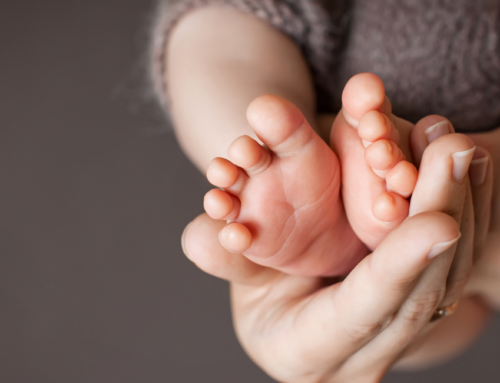 In the year 2015, slavery is often thought to be a thing of the past. For many young women and children, it is a gruesome and current reality we call sex trafficking.
In the year 2015, slavery is often thought to be a thing of the past. For many young women and children, it is a gruesome and current reality we call sex trafficking.
I don’t know about you, but when I hear about sex trafficking, I can’t help but feel removed from the term. I picture Liam Neeson and his particular set of skills in the movie Taken. I think about the Race For Freedom 5k that a friend of mine helped organize that benefits an organization that combats sex trafficking in Wichita, Kansas. My experience as a domestic and sexual violence survivor advocate has probably put me in the position to know more about the horrific nature of sex trafficking, but if even I feel removed and powerless, how must the rest of us feel?
The truth about sex trafficking is that it is not simply something that happens overseas or to other people. Sex trafficking is happening in our own driveways, during our major sporting events, and to children from other countries in American cities. According to the National Center for Missing and Exploited Children, there are upwards of 300,000 underage children being sold for sex in the United States alone. There are upwards of 27 million people globally that have been sold into various forms of modern day slavery.
How can we recognize sex trafficking?
Trafficking.org has a specific list of warning signs and red flags that is helpful. Here is an abbreviated list:
Living/working conditions:
- long hours
- does not appear to be able to come and go freely
- underage and involved in the commercial sex industry
- lack of clarity as to where they actually live
Mental Health and Behavior
- constantly fearful, anxious, paranoid
- avoids eye contact
- anxious about law enforcment
Poor physical health such as malnourishment
Lack of Control
- few or no possessions
- doesn’t control their own access to bank, medical, or personal identification documents
Seems unable to identify simple things like where they are, the time, etc.
At-Risk Youth
- dramatic appearance changes
- multiple cell phones
- severs long term ties with family and friends
So what can we do to help?
Again, trafficking.org has a list of ways to help, and so does United Against Human Trafficking. Here are a few ways to get involved:
- many local programs have ways to donate just by doing your normal grocery shopping or with online search engines such as GoodSearch.
- purchasing fair trade goods
- Law enforcement, educators, and healthcare professionals can request workplace trainings from local organizations that combat sex trafficking.
- Community events such as the Race for Freedom 5K are fundraisers to support volunteer and organization trainings in areas where there are human trafficking activity.
- support programs that combat human trafficking that know abortion is a part of the injustice survivors of sex trafficking endure, such as ECPAT or CCUSA.
If we simply do a little bit to educate ourselves about this issue, it will be one more step to ensure that people are living lives according to their immense dignity.
photo credit: Human Trafficking via photopin (license)






Leave A Comment